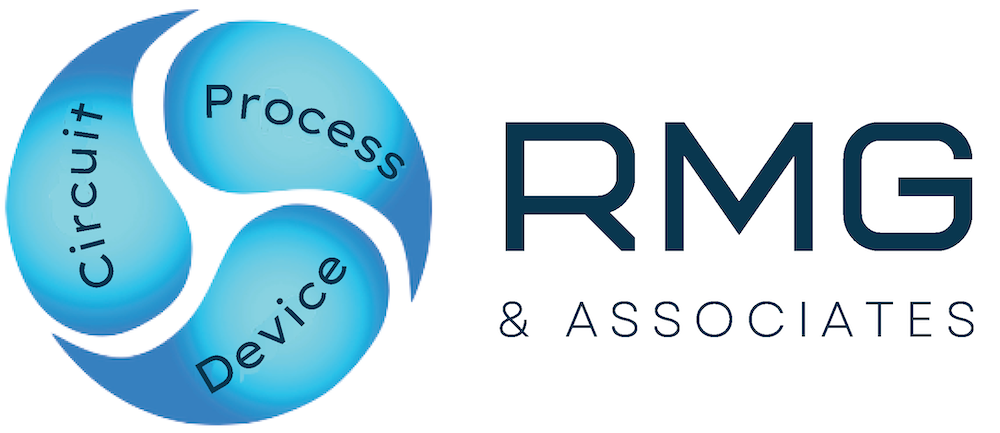Originally posted on chipworks.com on March 30, 2016
Contributed by Jim Morrison, Ray Fontaine, Dick James, Daniel Yang, and Mandi Gingerich We got our hands on an early iPhone SE and will be taking a closer look at those internals to determine how much innovation was packed in between the familiar matte chamfered edges of the iPhone SE. Let's begin with our initial teardown shots. While the outside does look much like the iPhone 5s, with only a few new touches, at Chipworks, of course it is what is on the inside that really counts. Below you will see the back of the PCB that will support the powerful new combination of internals. And the front of the PCB: A9 Application Processor First up, the promised A9 does indeed appear to be the same flagship processor found in the iPhone 6s. Our sample bears the APL1022 part number, indicating that it originated in a TSMC facility. The 1604 date code tells the tale of this little chip's journey all the way out of the packaging house, onto the motherboard, and into the phone and our hands in just nine weeks, a true credit to Tim Cook's renowned expertise for supply chain management. Accompanying our flagship processor on its journey is an SK Hynix memory, likely the same 2 GB LPDDR4 mobile DRAM found in the iPhone 6s. The date codes might actually tell a story: the de-capped application processor chip is dated 1535, Aug/Sep last year, so it was sitting in inventory for a while; the memory is 1549, last December; and presumably the whole package-on-package was assembled this year at the end of January. Does this reflect the rumored lack of sales for the iPhone 6s series, and was that the driver for using the A9 in the SE? We believe only Tim Cook can answer that. Toshiba gets the nod for the 16 GB of flash, and our chip-nerd antennae tell us it's made in their earlier, and presumably cheaper, 19 nm process (they are now shipping 15 nm parts). Touch Screen Controller Solution This is a flashback to 2011. Here we see the Broadcom BCM5976 and Texas Instruments 343S0645 that were also used back in the iPhone 5s. The BCM solution has been used in everything from iPods and iPhones, to the MacBook Pro, MacBook Air, and iPad Mini. NFC Driving the NFC is the NXP 66V10. The 66V10 contains two die, the Secure Element 008 and the NXP PN549. The 66V10 first appeared on Chipworks' radar in September of last year in the iPhone 6s. 6-Axis Inertial Sensor The 6-axis inertial sensor (x, y, z, roll, pitch, and yaw) is an InvenSense 6-axis sensor constructed from two die, the ASIC and the MEMS sensor. This too was first observed by Chipworks in the iPhone 6s. Other iPhone 6s Throwbacks Also, a throwback to the iPhone 6/6 Plus is the Qualcomm MDM9625M modem and the WTR1625L RF transceiver next to it. Audio ICs The Audio ICs are still the same 338S00105 and 338S1285 devices used in the iPhone 6s and 6s Plus. Chipworks thinks that they are Cirrus Logic designed devices. OK. So What's New? Finally, Chipworks did see something new in the iPhone SE: a 338S00170 device, which is very likely a new Apple/Dialog power management IC. Recap While there is still much to discover about this new iPhone, what is becoming clear is that this is not your typical Apple release. There are very few new parts, but that hardly means there is no innovation. As is the genius of Apple and its fearless leader, Mr. Cook, it is the combination of all the right parts that make a successful product. Finding that just-right balance of old and new, and at such a low cost, is no easy feat. There are several components in the iPhone SE that we have seen before. There are also some components we have never seen before. These new devices include a Skyworks SKY77611 power amplifier module, a Texas Instruments 338S00170 power management IC, the Toshiba THGBX5G7D2KLDXG NAND flash, an EPCOS D5255 antenna switch module, and an AAC Technologies 0DALM1 microphone. To understand what is inside these devices we will need to do some deprocessing to examine the silicon inside. Stay tuned for updates while our lab does what they do so well.
0 Comments
Leave a Reply. |
AuthorRon Maltiel, Archives
November 2017
Categories
All
|
|
RMG & Associates, Inc.
(408) 446-3040 Saratoga, CA 95080 |
|
|
© 2024 RMG & Associates, Inc.


 RSS Feed
RSS Feed
